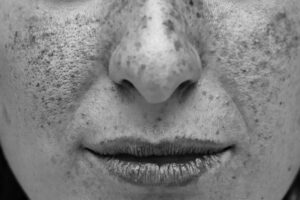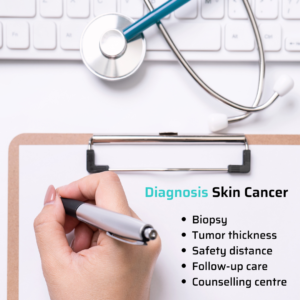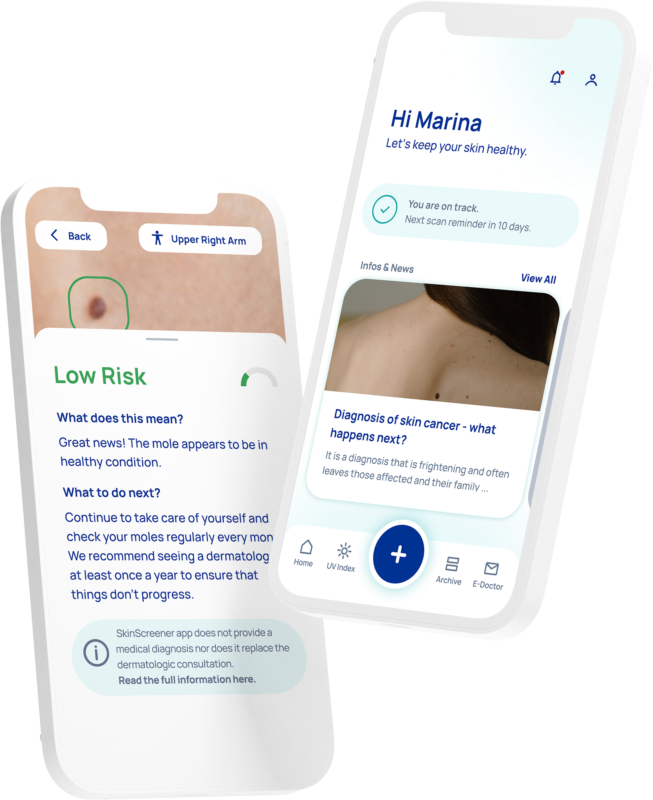Most people perceive tanned skin as beautiful and positive. True to the motto “Summer – Sun – Sunshine”, numerous sun worshippers lay outdoors in the sun to tan their skin. The tan is considered healthy and corresponds to the common western ideal of beauty.
However, there are also people for whom outdoor sunbathing is not enough, so they regularly visit solariums, where they are exposed to artificial UV rays. Although the harmful effects of UV rays are well known, they are often not taken seriously and are exploited by tanning salon operators who sell tan and health.
However, the consequences of excessive tanning are severe. A distinction is made between acute and chronic UV effects on the skin. Acute effects include redness of the skin (erythema), inflammation and sunburn.
Other consequences are the browning (pigmentation) of the skin and vitamin D production. Chronic UV effects on the skin are skin ageing and skin cancer.
It has been proven that UV-A radiation not only causes premature aging of the skin, but also damages the human genetic material (deoxyribonucleic acid, DNA). This increases the risk of skin cancer.
That is why the World Health Organization and Euroskin generally advise against solarium visits. The belief that holiday pre-tanning by means of solariums is harmless is also a fallacy: Epidemiological studies show that every solarium visit increases the risk of skin cancer.
If you still want to visit a solarium, read through this checklist beforehand. However, if one or more of these points apply to you, then do not use the solarium under any circumstances.
- Solariums are prohibited by law for young people under the age of 18
- With skin type 1: fair skin, freckles, blond or red hair, blue or green eyes.
- With skin type 2: fair skin, blond hair, blue or green eyes.
- With many moles (over 40)
- With conspicuous moles
- With frequent sunburns in childhood
- With a tendency to freckles or sunburn spots
- Whose skin has pre-cancerous lesions
- Who already have or have had skin cancer
- With a transplanted organ
Important: If, despite the risks described above, you still wish to use a solarium, please take particular care to ensure that the requirements of the UV Protection Ordinance are complied with. The skin is the largest organ of the human body. In adults, it covers an area of about 1.7 m².
Remember, you are in your skin for life !







